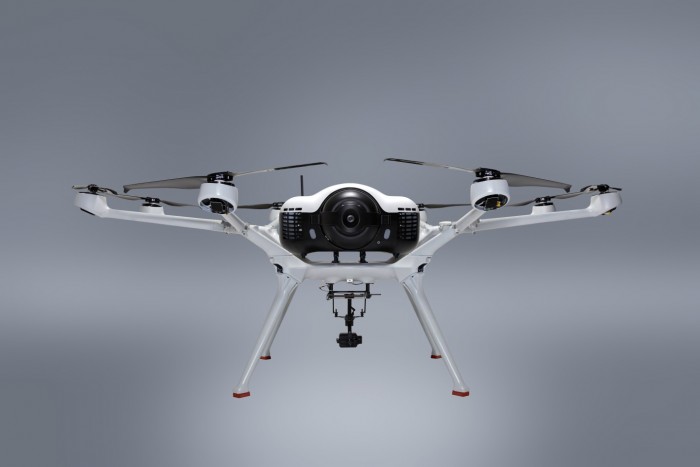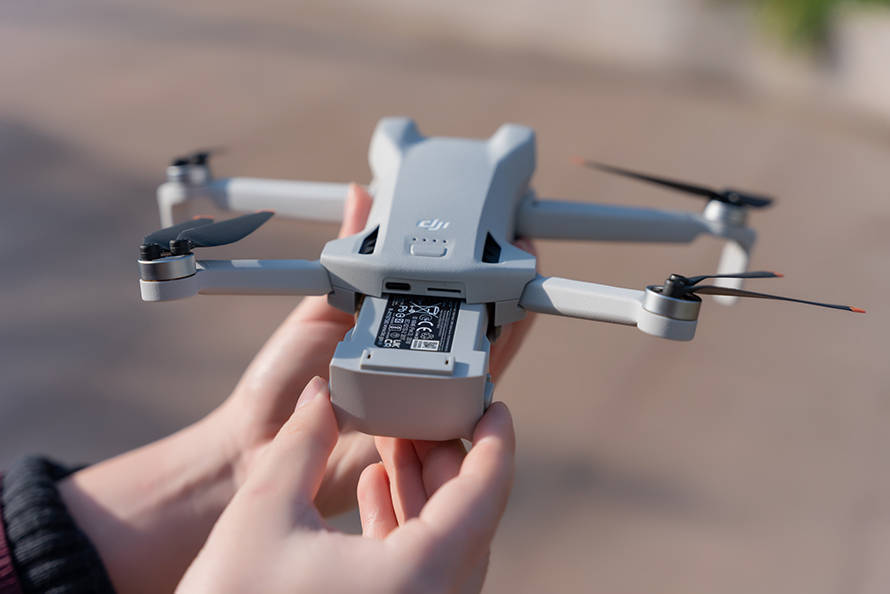Exploring the Enigmatic Nature of Drone Insects
When delving deep into the intricate world of drone insects, one cannot help but marvel at their complexity and versatility. Drone insects, often referred to simply as drones, represent a fascinating intersection of biology and technology, their existence raising questions about the future of surveillance, agriculture, and even our understanding of ecosystems.
What Are Drone Insects?
Drone insects are engineered or robotic insects designed to mimic the behaviors and roles of traditional insects. These can range from pollinators to surveillance tools, offering endless possibilities in various sectors. Their design often integrates advanced technologies, such as microfibers and miniature sensors, to perform specific tasks efficiently.
Applications and Benefits

The applications of drone insects are vast and varied. In agriculture, these mechanical wonders can act as pollinators, ensuring crops receive the necessary pollination without relying solely on traditional insect populations, which are declining due to environmental changes. By using drones, farmers can optimize their yields, improve food security, and contribute to sustainable farming practices.
Moreover, drone insects serve pivotal roles in surveillance and environmental monitoring. Their small size and ability to navigate complex terrains make them ideal for gathering data in hard-to-reach areas. Governments, universities, and research organizations can utilize these drones to monitor environmental changes, track wildlife patterns, and even assist in search and rescue operations.
Drone Insects in Technology
The infusion of technology into drone insects begins with their construction. Engineers often use cutting-edge materials to ensure durability and efficiency. Micro sensors installed within these insects are capable of collecting vast amounts of data, which can be analyzed to understand intricate details about specific environments.
Robotic advancements allow these drones to mimic not only the appearance but also the behavior of real insects. Some are equipped with programmable flight paths, enabling them to navigate autonomously, reducing the need for human intervention. These drone insects boast impressive operational capacities, functioning for extended periods without requiring recharging.
The Ethical Considerations
With innovation comes responsibility, and drone insects are no exception. Ethical and privacy concerns are paramount as we see increased integration into daily life. Ensuring these drones do not infringe upon individuals’ privacy rights is crucial even as they offer unprecedented benefits.
Moreover, the potential impact on natural insect populations must be considered. While aiding pollination, drone insects should not disrupt existing ecological balances. Responsible use mandates comprehensive studies to understand how these technologies interact with natural systems, ensuring they bolster rather than harm biodiversity.
Future Prospects
The future of drone insects is promising, with advancements hinting at applications beyond current imaginations. From climate change combat to urban planning, these tiny machines could revolutionize our interaction with the environment.

FAQs about Drone Insects
Are drone insects safe to use in agriculture?
Yes, drone insects are designed with safety and efficiency in mind, aiming to support agricultural practices without harming existing ecosystems.
How do drone insects gather data?
Equipped with micro sensors and cameras, drone insects collect data across various spectra, allowing for extensive environmental monitoring.
What is the primary challenge in developing drone insects?
Balancing technological efficiency with ethical considerations is a significant challenge, ensuring beneficial utilization while safeguarding privacy and ecological integrity.